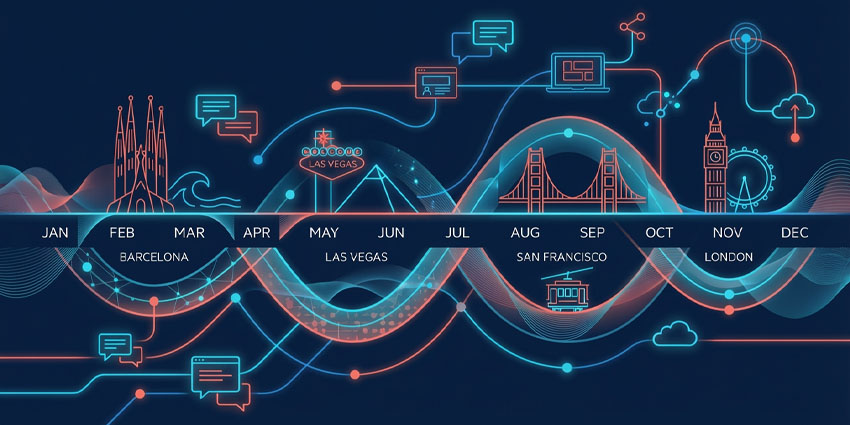Microsoft is rolling out a trio of lightweight companion applications that will turn the Windows taskbar into a new command center for Microsoft 365 users.
Marking another move to deepen the integration between its operating system and cloud services, the new suite comprises People, File Search, and Calendar apps.
For enterprises using Windows, this addition could allow workers to take advantage of faster application access without having to fully navigate through them.
Deeper Integration with Windows Ecosystem
Part of Microsoft’s app portfolio, these companion apps are being distributed through standard update channels to computers and are due to roll out this month.
Automatically launching on startup, they provide instant access to Microsoft 365 functionality without requiring users to open full applications.
The People app allows users to initiate Teams calls, look up organizational contacts, and manage relationships without navigating through multiple applications.
File Search embeds search functionality directly into the taskbar and eliminates the need to remember which service hosts specific files, allowing searches across the full spectrum of Microsoft 365 apps (including OneDrive, SharePoint, Teams, Outlook, and others).
The app’s ability to search by author, keywords, and file names—combined with preview capabilities—transforms file discovery from a time-consuming process into an almost instantaneous operation.
The Calendar companion extends Microsoft’s scheduling ecosystem beyond Outlook, creating persistent visibility into upcoming commitments and deadlines. The app syncs across all your devices and integrates with other tools to let you view and manage your schedule, tasks, and to-do lists in one place.
Microsoft 365 Integration Strategy and Market Positioning
While these companion apps don’t introduce revolutionary new functionality to the Microsoft 365 suite, they represent a calculated strategy to embed Microsoft services deeper into the Windows experience.
This approach serves dual purposes: enhancing user productivity while strengthening Microsoft’s competitive moat against rival productivity platforms.
By making Microsoft 365 services more immediately accessible through the operating system, the company hopes to reinforce user behavior patterns that give its ecosystem an edge over competitors.
However, this approach has not been without controversy, particularly in international markets where regulators scrutinize such practices.
The European Commission has been particularly vigilant about Microsoft’s bundling strategies, recently securing commitments from the company to unbundle Teams from its Office 365 and Microsoft 365 suites.
This regulatory action followed complaints from competitors—notably Slack—arguing that Microsoft’s integration of Teams with essential productivity tools represented an abuse of market power.
The Commission’s investigation resulted in Microsoft agreeing to offer versions of its productivity suites without Teams at reduced prices and to improve interoperability with competing communication platforms.
These regulatory challenges highlight the delicate balance Microsoft must maintain between product integration and market competition.
Strategic Implications and Future Outlook
The introduction of these companion apps shows how Microsoft is leveraging every tool at its disposal to improve the Microsoft 365 suite experience.
When applied at scale—for example, with enterprise customers—these developments present opportunities for reduced friction and improved workflow efficiency for their workforces.
By making Microsoft 365 services more ambient and accessible, the company also strengthens user engagement and reduces the likelihood of customers evaluating alternative platforms.
As Microsoft continues embedding its services deeper into Windows, competitors and regulators may keep a close watch on whether these enhancements cross a regulatory line.
For now, though, enterprise users can focus on the immediate benefits while remaining aware of the broader implications of increasing platform integration.







